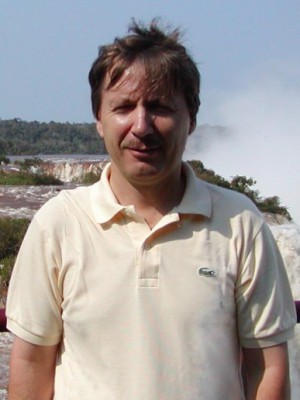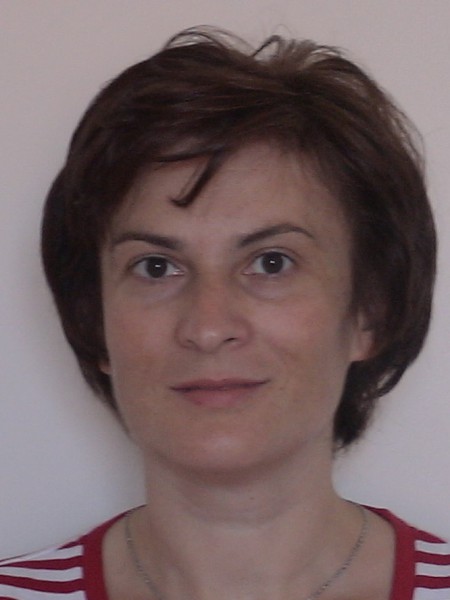resumo
Graphene and graphene-based systems have recently been recognized as promising platforms for energy harvesting, microelectronic components and energy storage owing to their excellent electrical and thermal conductivity, outstanding mechanical properties, good chemical stability, area adaptability, among other significant properties. Integration of energy harvesting systems relying on the graphene/graphene-based materials in contact with fluids has been emphasized in recent years, as well as their potential impact on electric energy generation for a wide range of applications (e.g. innovative medical devices, advanced electronic systems and highly-efficient transduction systems for renewable energy). This review summarizes, for the first time, major breakthroughs carried out in the scope of energy harvesting exploiting graphene-based material systems (comprising graphene films, graphene grids, graphene membranes, 3D graphene composites and tribological structures) in contact with ionic and non-ionic fluids. Several transduction mechanisms for energy harvesting have been thoroughly analyzed. Energy outputs, materials and structures, substrates, types of fluid, manufacture methodologies, and experimental test methodologies are systematically highlighted in this review. Finally, future research directions and innovative applications of these harvesters are proposed.
palavras-chave
WATER-WAVE ENERGY; ENABLED ELECTRICITY-GENERATION; WALLED CARBON NANOTUBES; TRIBOELECTRIC NANOGENERATOR; POWER-GENERATION; REVERSE ELECTRODIALYSIS; VOLTAGE GENERATION; SOLAR-CELL; SINGLE; FLOW
categoria
Materials Science
autores
Tarelho, JPG; dos Santos, MPS; Ferreira, JAF; Ramos, A; Kopyl, S; Kim, SO; Hong, S; Kholkin, A
nossos autores
agradecimentos
M. Soares dos Santos, A. Ramos and J. Ferreira acknowledge TEMA - Centre for Mechanical Technology & Automation, financed by Foundation for Science and Technology (FCT), Portugal (UID/EMS/00481/2013-FCT) and European Regional Development Fund (FEDER), Portugal (CENTRO-01-0145-FEDER-022083). M. Soares dos Santos also acknowledges the support provided by FCT with the research grant reference SFRH/BPD/117475/2016. A. Kholkin and S. Kopyl acknowledge the CICECO - Aveiro Institute of Materials POCI-01-0145-FEDER-007679 (Ref. FCT UID/CTM/50011/2013), financed by national funds through the FCT/MEC and when applicable cofinanced by FEDER under the PT2020 Partnership Agreement. S. Hong is financially supported by Creative Materials Discovery Program through the National Research Foundation of Korea(NRF) funded by the Ministry of Science and ICT (NRF-2017M3D1A1086861). S.O. Kim is financially supported by the Multi-Dimensional Directed Nanoscale Assembly Creative Research Initiative (CRI) Center (2015R1A3A2033061) of the National Research Foundation of Korea (MSIP).



